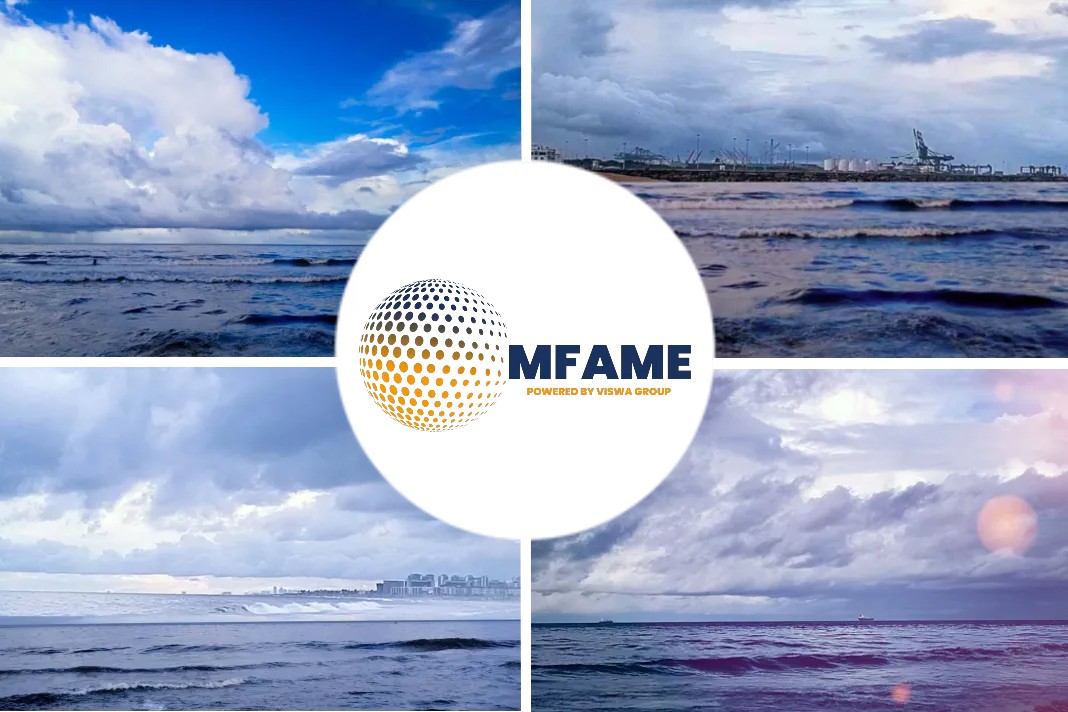The A new era of marine fuels: what it means for engines, ship management and lubrication webinar, sponsored by Lubrizol, Shell Marine and Lubmarine, took place 1 September 2022. The panel of experts comprised Lubrizol global business manager large engines Simon Tarrant, Shell Marine senior lubricant technical advisor UK & Benelux Dirk Hoek, MAN Energy Solutions director new technologies Kjeld Aabo, and Lubmarine (a division of TotalEnergies Lubrifiants) global marketing director Serge Dal Farra.
MAN ES
The aim of the webinar was to clarify future propulsion fuels needed to meet IMO greenhouse gas emissions reduction ambitions and to explore the views of the industry to understand the challenges from the perspective of an additive manufacturer, an oil marketer, an engine designer and a shipowner or operator.
Mr Aabo explained some of the technology MAN ES is using on its two-stroke engines and the impact on lube oils. MAN ES produces a range of engines and power outputs for vessels from 2,000 dwt upwards and a range of fuels. He noted MAN ES engines are based on the diesel principle, except for an Otto cycle dual-fuel LNG engine developed for a particular client.
The pilot fuel is diesel/marine fuel oil and the other dual fuel is introduced into the flame and burned to produce energy. In this respect, the bulk of the engine remains the same and is familiar, but with a different top end and injection system for the dual fuel. This goes for ammonia, which MAN ES is currently developing.
“Ammonia is not a hydrocarbon and it does not burn as a hydrocarbon,” said Mr Aabo, “We know it is a really slow burn and it takes a lot of energy to burn. This is the challenge we will face when we start testing the first ammonia engine in Copenhagen in October.”
MAN ES has faced many challenges in reaching this stage, noted Mr Aabo, including working with the classification society on safety and securing permission from the local authorities to run the tests.
BN 40 OIL
Another issue facing new fuels is lubrication. In 2020, MAN ES introduced a strategy for lubes to cope with low-sulphur fuels and the latest fuels. He added he was very proud of the co-operation and collaboration that resulted in the Category II BN 40 oils now available.
One of the providers of Category II BN 40 is Lubmarine, and its global marketing director Mr Dal Farra noted, “We are heading toward the decarbonisation targets and this means a big shift in the cylinder lubricant oil portfolio.” Lubmarine’s range include Category II BN 40, but simply changing up the specification of the lubricating oils in the engine is not enough. “It is especially important to perform drain oil analysis,” he said.
This should include collecting data, analysing and interpreting the result. To this end, Lubmarine has introduced a new fully digitilised inspection service, LubInsight neo. This consists of tags for noting the location of the inspection, digitalised sampling and analysis modules, and the XRF kit which detects elements in the oil. This kit is used on board with expert support on shore from a team of marine lubrication engineers.
Instrumental in the development of Category II BN 40 lubricants and in lubricants in general are the specialist suppliers of ingredients. Lubrizol’s Mr Tarrant represented this category and explained what this means for two-stroke engine cylinder lubricants and the additive systems that enable them.
The basic issue is that all fuels, including methanol, bio fuels and LNG, have different characteristics and interact with lubes in different ways. For instance, he noted there is limited experience of the impact of biofuels in the marine sector, but experience from the automotive sector demonstrates a propensity for deposits. “The lubricants will therefore need to provide excellent deposit handling and cleanliness,” said Mr Tarrant.
Turning to methanol, he said, “Methanol’s interaction with oil has the potential for compatibility and emulsion issues. The lubricant will need to maintain excellent cleaning ability, enhanced wear protection and demulsification.”
Ammonia is challenging, as data on the combustion of ammonia and its impact on lubes is sparse, “This could well be viewed as the proverbial chicken and egg situation. We are trying to understand the lubricant requirements and develop appropriate solutions somewhat ahead of the engines and the fuels being available,” said Mr Tarrant.
Toxicity is one known issue as is ammonia’s corrosiveness with certain metals. “Ammonia will also create new and different regimes of acids and the resulting acid neutralisation solution will also need to include any phenomena coming from any pilot fuel used; this can and will only become clearer when we can begin to combust ammonia in ways that represent the true engine environment,” said Mr Tarrant.
Did you subscribe to our daily newsletter?
It’s Free! Click here to Subscribe!
Source: Rivira

















